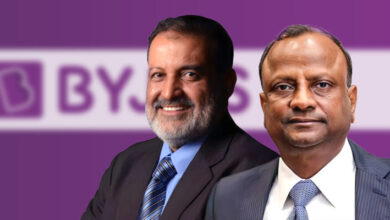LIC to file DRHP in couple of days, gets board approval

LIC to file DRHP in couple of days, gets board approval
With Life Insurance Corporation’s board giving its nod on Sunday, the state-owned insurance behemoth is all set to file the draft red herring prospectus (DRHP) for its initial public offering (IPO) with market regulator Sebi in a couple of days.

The board of LIC in its meeting has given approval regarding the IPO, sources said.
Preparations done and all the loose ends have been tied up, the sources said, adding that DRHP can be filed either on Monday or Tuesday.
Actuarial firm Milliman Advisors LLP India has worked out the embedded value of LIC, which is upwards of Rs 5 lakh crore.
LIC’s listing is crucial for the government to meet the lowered revenue estimates of Rs 78,000 crore for the current financial year. The government had an initial target of Rs 1.75 lakh crore from the disinvestment proceeds.
Till now, the Centre has raised around Rs 12,000 crore from the privatisation of Air India and stake sale in other PSUs.

The government owns a 100 per cent stake in LIC. Once listed, it is likely to become the country’s biggest company by market capitalisation.
Meanwhile, the government has significantly increased the authorised capital of LIC to Rs 25,000 crore from Rs 100 crore, to facilitate the listing.
Last month, LIC reported a profit after tax of Rs 1,437 crore for the first half of the financial year 2021-22 as compared with Rs 6.14 crore in the year-ago period.

Its new business premium growth rate stood at 554.1 per cent in the first half of 2021-22, compared with 394.76 per cent during the year-ago period.
The overall total net premiums increased Rs 1,679 crore to Rs 1.86 lakh crore during April-September 2021, from Rs 1.84 lakh crore in the year-ago period.
LIC’s share capital has been increased to Rs 6,325 crore in H1 FY22 on the eve of its IPO.
According to a report by rating agency Crisil, LIC is not only the world’s largest when it comes to home-market share with over 64.1 per cent of the total gross written premium as of 2020 but also the one that offers the highest return on equity at 82 per cent, apart from being the third largest in terms of life insurance premium.
At 64.1 per cent or with a gross written premium (GWP) of USD 56.405 billion, LIC’s market share is unparalleled globally, with no other life insurer anywhere else enjoying such a high market share, the report said.

Market share elsewhere, the Chinese market is dominated by Ping An Insurance and China Life Insurance, with 21 per cent (GWP at USD 74.13 billion) and 20 per cent (USD 69.65 billion). The largest Japanese player Nippon Life’s market share is only 16.2 per cent (USD 39.84 billion).
However, nowhere else in the world is the market share gap between the largest and the second largest as stark as here, with the second-largest player SBI Life having only eight per cent market share compared with LIC’s 64.1 per cent during fiscal 2021, it said.




